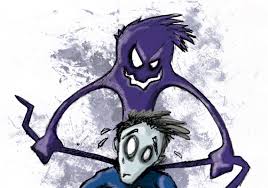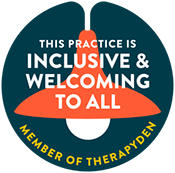Supporting Loved Ones Living with Bipolar Disorder
Supporting a family member or friend can be one of the most meaningful parts of life. Yet, when that person lives with bipolar disorder, it can also bring challenges that require patience, understanding, and care. Educating yourself about the condition—its patterns, emotional cycles, and available treatments such as therapy—can make a tremendous difference. In this article, I offer an overview of bipolar disorder and share ways to compassionately support your loved one while also maintaining your own well-being.
Understanding the Bipolar Experience
Bipolar disorder is a mental health condition characterized by dramatic shifts in mood, energy, and behavior. These shifts typically alternate between episodes of mania or hypomania—marked by elevated energy, impulsive decision-making, and euphoria—and periods of depression, which may involve sadness, fatigue, and feelings of hopelessness.
From a narrative therapy perspective, it is essential to remember that bipolar disorder does not define a person’s identity or worth. Each individual has a story that extends far beyond their diagnosis. Recognizing that story—complete with strengths, resilience, and meaning—helps both you and your loved one relate to the condition with compassion rather than fear or frustration.
Through mindfulness, we learn to meet these emotional shifts with awareness instead of reaction. Observing what arises—both within ourselves and in our loved ones—can help reduce emotional intensity and increase understanding.
Practical Ways to Offer Support
While you cannot control your loved one’s journey, you can create a foundation of stability and care. Consider the following approaches, grounded in CBT and Positive Psychology:
-
Encourage consistency in therapy and medication management. Remind your loved one that support and structure are part of healing, not limitations.
-
Learn to recognize early warning signs. Subtle mood changes often precede larger shifts. Gentle awareness can help prevent crises or encourage timely intervention.
-
Promote stability through routine. Predictable rhythms in sleep, meals, and social connection can reduce stress and support emotional regulation.
-
Practice patience and compassion. During difficult moments, pause before reacting. Remember that mood fluctuations are symptoms, not character flaws.
-
Attend to your own well-being. Supporting someone with bipolar disorder can be emotionally draining. Joining a support group, practicing mindfulness, or seeking therapy for yourself can help you maintain balance and prevent burnout.
Your care does not need to come at the expense of your own peace. Both you and your loved one deserve space to grow, heal, and experience joy.
Therapy as a Pathway to Healing
With the right balance of professional care, self-awareness, and supportive relationships, individuals living with bipolar disorder can lead meaningful and fulfilling lives. As a therapist, I help clients and families navigate these challenges through collaborative storytelling, cognitive restructuring, and mindfulness-based strategies that foster resilience and emotional stability.
If you or someone you love is living with bipolar disorder, therapy can provide guidance, education, and hope. I invite you to reach out to me to learn how we can work together toward a more balanced and empowered life.




